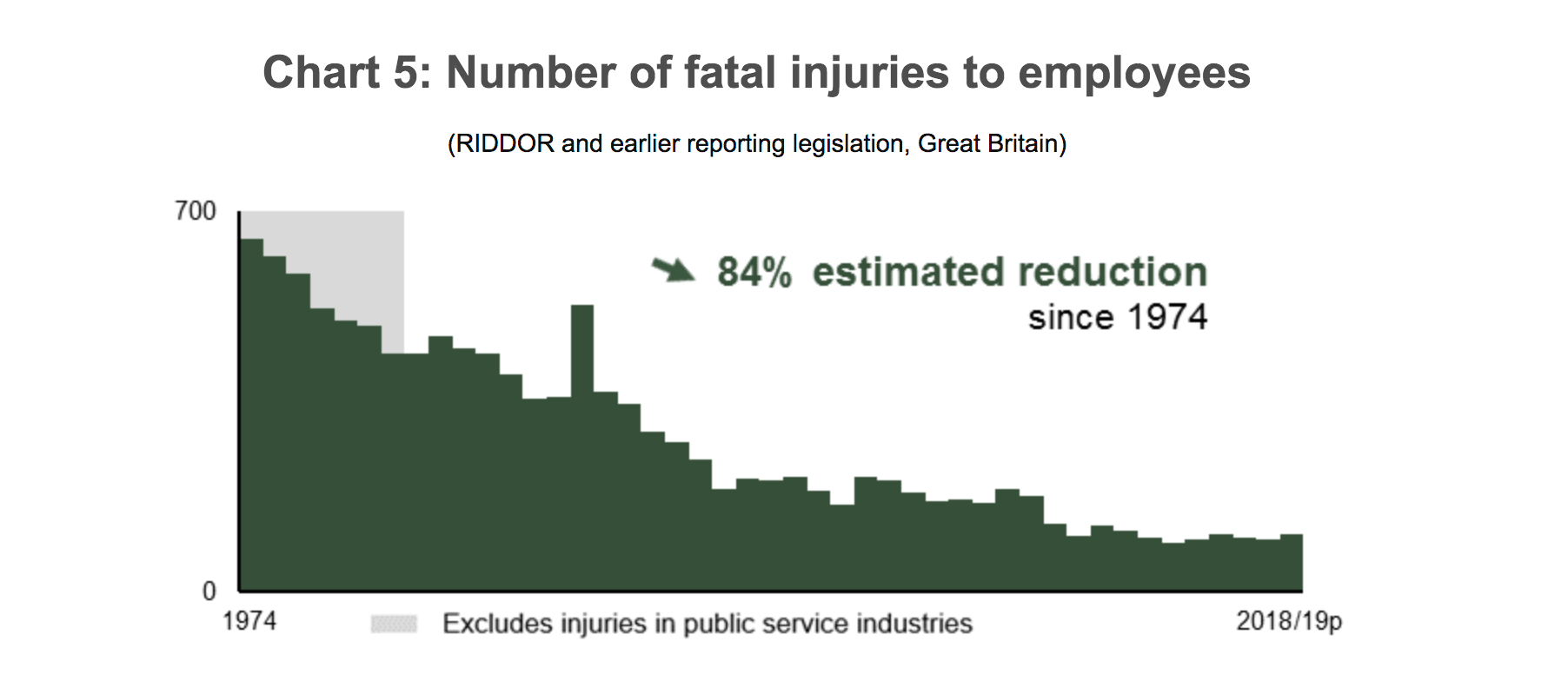
Understanding quality and seeking to improve it is arguably the core purpose behind undertaking process improvements. Hence the creation of the Deming cycle.
But where did this philosophy of process improvement come from?
One key person is William Edwards Deming – sometimes referred to as Edward W. Deming. He’s principally a statistician, but one could even call him a philosopher of science.
Deming’s goal was to reapply the scientific method to business processes, and has left us with two main variants of his thinking: PDSA and PDCA.
In this article we’ll outline:
- What the Deming cycle is, with its history
- How to apply the Deming cycle to improve your business processes
- The important distinction between PDSA and PDCA
- How PDSA is employed in the medical field
Deming’s approach is not just about improving processes, but about improving a whole business.
In a recent meta-study from the British Medical Journal, researchers found only 2 out of 73 studies had applied PDSA in a way which fully met criteria. Commenting:
To progress the development of the science of improvement, a greater understanding of the use of improvement methods, including PDSA, is essential to draw reliable conclusions about their effectiveness.
And that’s why we’re writing this article!
Continue Reading






 Workflows
Workflows Projects
Projects Data Sets
Data Sets Forms
Forms Pages
Pages Automations
Automations Analytics
Analytics Apps
Apps Integrations
Integrations
 Property management
Property management
 Human resources
Human resources
 Customer management
Customer management
 Information technology
Information technology










 This is a guest post from Oren Greenberg, a growth marketer and founder of the
This is a guest post from Oren Greenberg, a growth marketer and founder of the 
